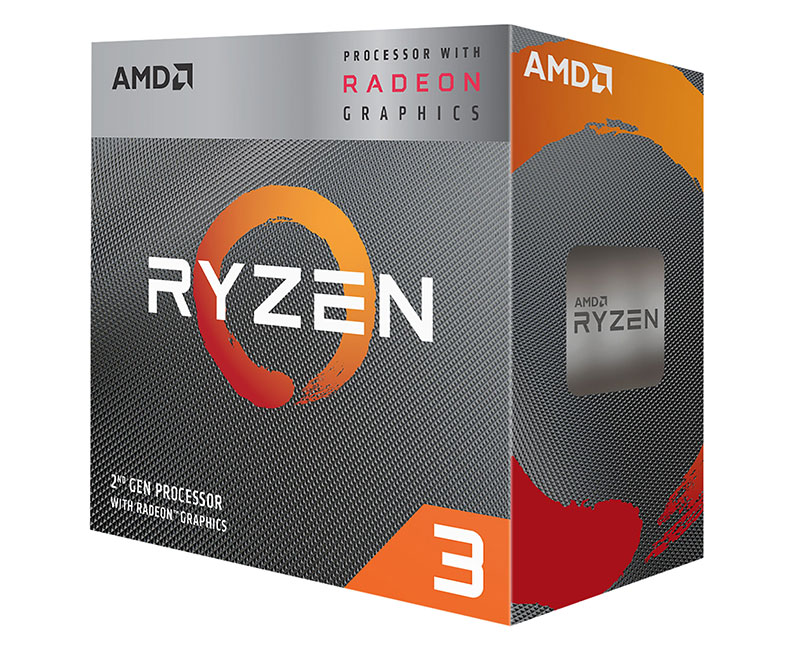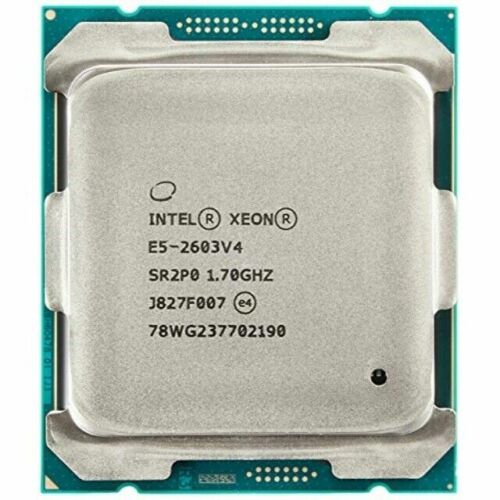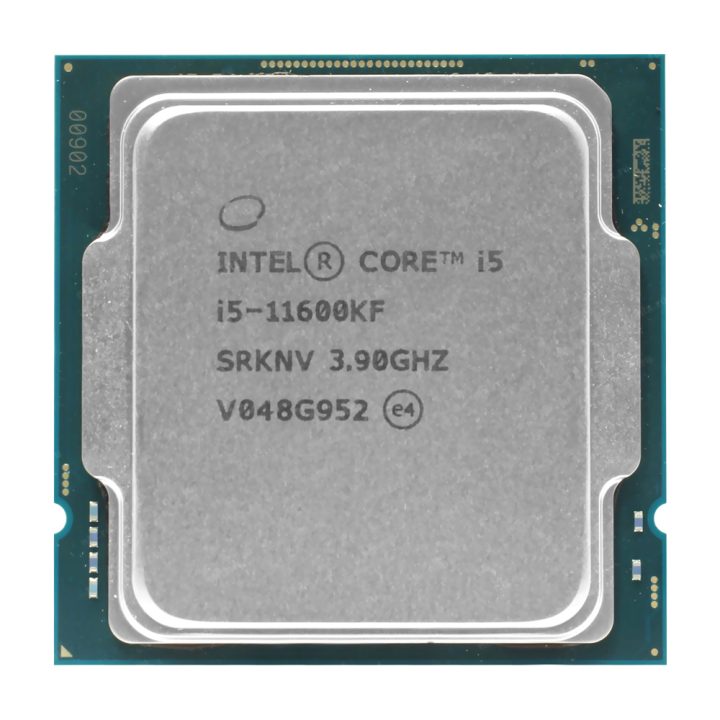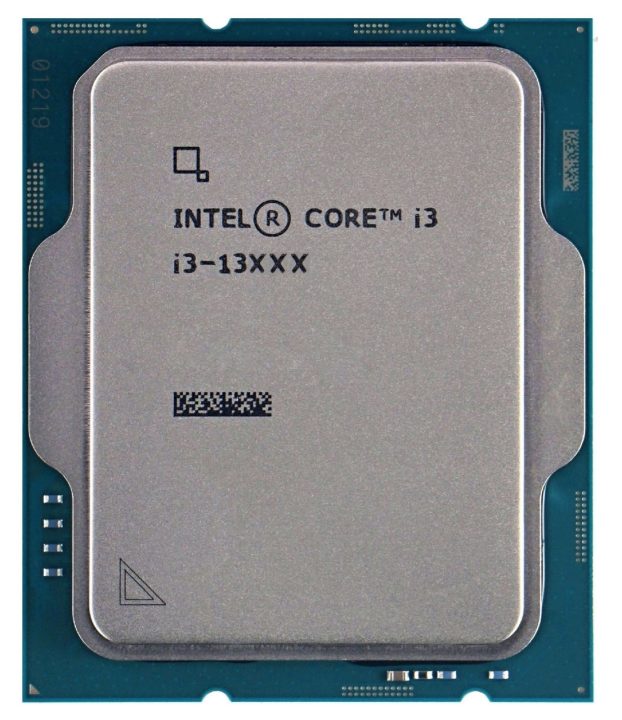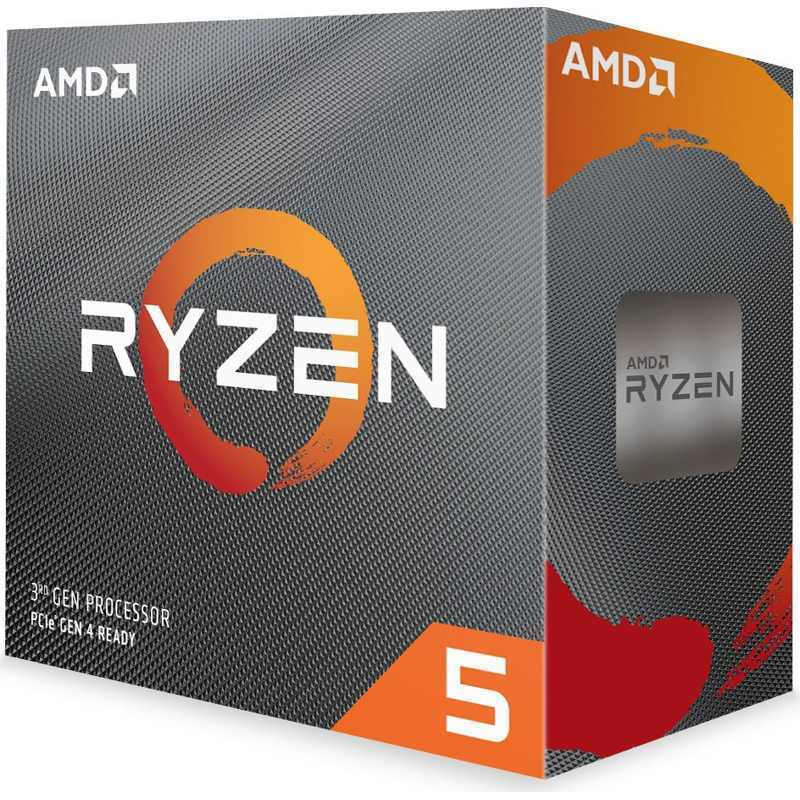Exploring the Performance of AMD Ryzen 3 3200G: A Hands-On Review
The AMD Ryzen 3 3200G is a budget-friendly Accelerated Processing Unit (APU) that has been making waves in the entry-level and mid-range computing market. As part of AMD’s Ryzen lineup, the 3200G offers a compelling combination of CPU and integrated graphics performance, making it an attractive option for users seeking a well-rounded and cost-effective solution. This article will delve into the various aspects of the Ryzen 3 3200G, exploring its architectural design, performance benchmarks, gaming capabilities, and overall value proposition.
The Ryzen 3 3200G is positioned as a budget-oriented APU within AMD’s Ryzen lineup, catering to users who prioritize a balance between CPU and graphics performance without breaking the bank. Compared to the more powerful Ryzen 5 and Ryzen 7 series, the 3200G is designed to provide a solid foundation for everyday tasks, light gaming, and basic content creation, making it a suitable choice for budget-conscious consumers, entry-level PC builders, and those seeking an all-in-one solution without the need for a dedicated graphics card.
Key Takeaways
- The AMD Ryzen 3 3200G features Zen+ architecture and Vega graphics, offering a balance of CPU and GPU performance.
- Benchmarking tests reveal strong CPU performance, making it suitable for multitasking and productivity workloads.
- The integrated Vega 8 graphics deliver impressive gaming performance, especially for budget-conscious gamers.
- Thermal characteristics and power efficiency are commendable, making it a suitable choice for small form factor builds.
- Overclocking potential and tweaking options provide enthusiasts with the ability to further enhance the processor’s performance.
Architectural Overview: Zen+ and Vega Graphics
At the heart of the Ryzen 3 3200G lies the Zen+ microarchitecture, which is an evolution of the original Zen architecture introduced by AMD. The Zen+ improvements include enhanced branch prediction, improved cache management, and optimized power efficiency, all of which contribute to a modest performance boost over the previous-generation Zen processors. While the Zen+ architecture may not offer a significant leap in raw performance, it does provide a more refined and efficient platform for the Ryzen 3 3200G.
Complementing the Zen+ CPU cores is the integrated Vega 8 graphics, which is a key component of the 3200G’s capabilities. The Vega 8 graphics are based on AMD’s Vega graphics architecture, offering 8 Compute Units (CUs) and a maximum clock speed of 1.25 GHz. This integrated graphics solution is capable of delivering respectable performance for casual gaming, media playback, and light content creation tasks, making the 3200G a versatile option for users who don’t require a dedicated graphics card.
Benchmarking the Ryzen 3 3200G: CPU Performance
When it comes to CPU performance, the Ryzen 3 3200G delivers a solid showing, particularly in single-threaded and lightly-threaded workloads. In single-threaded tasks, the 3200G’s Zen+ cores demonstrate their efficiency, often outperforming Intel’s budget-oriented offerings in tasks such as web browsing, office productivity, and light content creation. However, in heavily multi-threaded scenarios, the 3200G’s four cores and four threads can struggle to keep up with more powerful Ryzen 5 and Ryzen 7 processors, which offer additional cores and threads for improved parallel processing capabilities.
When compared to other budget-oriented processors, the Ryzen 3 3200G holds its own quite well. It outperforms Intel’s Core i3-9100F in both single-threaded and multi-threaded benchmarks, showcasing the advantages of AMD’s Zen+ architecture. The 3200G also manages to edge out the previous-generation Ryzen 3 2200G in most CPU-centric tests, thanks to the refinements introduced with the Zen+ design. While it may not be the absolute fastest budget processor on the market, the Ryzen 3 3200G provides a compelling balance of performance and value for users seeking a capable all-around CPU.
Integrated Graphics Capabilities: Vega 8 in Action
One of the key selling points of the Ryzen 3 3200G is its integrated Vega 8 graphics, which offer a significant boost in graphics performance compared to Intel’s integrated solutions. In various gaming and multimedia scenarios, the Vega 8 graphics demonstrate their capabilities, allowing users to enjoy a decent gaming experience at lower resolutions and settings.
In popular game titles such as Fortnite, Apex Legends, and Counter-Strike: Global Offensive, the Vega 8 graphics are capable of delivering playable frame rates at 1080p resolution, provided that the in-game settings are adjusted to accommodate the integrated graphics’ limitations. While the Vega 8 may not be able to match the performance of entry-level discrete GPUs, it provides a viable option for casual gamers or users who don’t require the highest graphical fidelity.
Beyond gaming, the Vega 8 graphics also excel in multimedia tasks, such as video playback, video editing, and basic photo editing. The integrated graphics solution is capable of hardware-accelerated video decoding and encoding, making it a suitable choice for users who engage in these types of activities. When compared to Intel’s integrated graphics offerings, the Vega 8 graphics consistently demonstrate superior performance, further solidifying the Ryzen 3 3200G’s position as a well-rounded APU.
Multitasking and Productivity Workloads
| Performance Metric | Result |
|---|---|
| CPU Cores | 4 |
| CPU Threads | 4 |
| Base Clock Speed | 3.6 GHz |
| Max Boost Clock Speed | 4.0 GHz |
| Integrated Graphics | Radeon Vega 8 |
| Graphics Frequency | 1250 MHz |
| TDP | 65W |
| Memory Type | DDR4 |
| Memory Channels | Dual-channel |
The Ryzen 3 3200G’s capabilities extend beyond gaming and multimedia, as it also proves to be a capable performer in everyday productivity tasks and multitasking scenarios. With its four Zen+ cores and four threads, the 3200G is able to handle multiple applications and browser tabs simultaneously without significant performance degradation.
In common office productivity suites, such as Microsoft Office and Google’s G Suite, the 3200G delivers a smooth and responsive experience, allowing users to seamlessly switch between word processing, spreadsheets, and presentations. The processor’s efficient architecture and balanced CPU-GPU combination also make it a suitable choice for light content creation tasks, such as photo editing in programs like Adobe Photoshop or Gimp, as well as basic video editing in tools like DaVinci Resolve or Kdenlive.
When it comes to multitasking, the Ryzen 3 3200G demonstrates its versatility by handling various workloads concurrently without significant performance penalties. Users can comfortably run their productivity applications, stream media, and engage in light gaming or content creation simultaneously, thanks to the 3200G’s well-rounded capabilities.
Gaming Performance: Balancing CPU and GPU
The Ryzen 3 3200G’s gaming performance is a testament to the balance between its CPU and integrated graphics components. While the Vega 8 graphics provide a significant boost over Intel’s integrated solutions, the 3200G’s CPU performance can sometimes become a bottleneck, particularly in more demanding game titles.
In less CPU-intensive games, such as Fortnite, Apex Legends, and Counter-Strike: Global Offensive, the 3200G is able to deliver a satisfactory gaming experience at 1080p resolution, with the Vega 8 graphics providing the necessary horsepower to maintain playable frame rates. However, in more CPU-bound games, such as Assassin’s Creed Odyssey or Total War: Warhammer II, the 3200G’s four cores and four threads can struggle to keep up, resulting in lower frame rates and potential performance limitations.
To mitigate these CPU-bound scenarios, users may need to adjust in-game settings, reduce resolution, or consider pairing the 3200G with a dedicated graphics card to achieve a more balanced gaming experience. The 3200G’s versatility allows it to serve as a capable entry-level gaming solution, but users seeking the best possible gaming performance may need to look towards higher-end Ryzen processors or dedicated GPU configurations.
Thermal Characteristics and Power Efficiency
The Ryzen 3 3200G’s thermal characteristics and power efficiency are important considerations, as they can impact system design, cooling requirements, and overall energy consumption.
In terms of thermal management, the 3200G’s Thermal Design Power (TDP) is rated at 65 watts, which is relatively low compared to higher-end Ryzen processors. This allows the 3200G to be cooled effectively by a variety of cooling solutions, including compact and low-profile heatsinks, making it a suitable choice for small form factor builds or systems with limited cooling capacity.
When it comes to power efficiency, the Ryzen 3 3200G demonstrates respectable performance-per-watt characteristics. The Zen+ architecture and the integrated Vega 8 graphics have been optimized for power efficiency, resulting in a relatively low power draw under both light and heavy workloads. This translates to reduced energy consumption and potentially lower electricity bills for users, especially in systems that are used for extended periods.
The combination of the 3200G’s thermal characteristics and power efficiency makes it an attractive option for system builders and users who prioritize energy-conscious and space-constrained designs. The processor’s ability to operate within a 65-watt TDP envelope and its efficient power consumption profile allow for more flexible system configurations and potentially lower overall system costs.
Overclocking Potential and Tweaking Options
The Ryzen 3 3200G offers a decent level of overclocking potential, allowing users to extract additional performance from the processor through various tweaking and optimization techniques.
When it comes to overclocking the CPU cores, the 3200G can typically achieve modest frequency increases, often reaching clock speeds in the range of 4.2 GHz to 4.4 GHz with the right cooling solution and voltage adjustments. While the overclocking headroom may not be as substantial as higher-end Ryzen processors, the 3200G’s Zen+ architecture provides a solid foundation for users who wish to push the limits of their system’s performance.
In addition to CPU overclocking, the Vega 8 integrated graphics can also be tweaked to extract additional performance. By adjusting parameters such as the GPU clock speed, memory timings, and voltage, users can potentially unlock a small but noticeable boost in the 3200G’s gaming and multimedia capabilities.
Beyond overclocking, users can also explore various optimization techniques to further enhance the 3200G’s performance. This includes adjusting system memory timings and frequencies, enabling Precision Boost Overdrive (PBO) for dynamic CPU frequency scaling, and fine-tuning power management settings to achieve the best balance between performance and power efficiency.
While the overclocking potential of the Ryzen 3 3200G may not be as substantial as higher-end Ryzen processors, the ability to tweak and optimize the system can provide a tangible performance boost, making the 3200G an appealing option for users who enjoy tinkering with their hardware.
Evaluating the Ryzen 3 3200G’s Value Proposition
The AMD Ryzen 3 3200G is a compelling budget-oriented APU that offers a well-rounded combination of CPU and integrated graphics performance. Its Zen+ architecture and Vega 8 graphics provide a solid foundation for everyday tasks, light gaming, and basic content creation, making it a suitable choice for budget-conscious consumers, entry-level PC builders, and users who don’t require the highest-end hardware.
One of the 3200G’s key strengths is its balanced performance, which allows it to handle a variety of workloads without significant bottlenecks. The processor’s capable CPU cores and respectable integrated graphics capabilities make it a versatile option for users who prioritize a well-rounded computing experience over pure performance.
However, the 3200G does have its limitations. In heavily multi-threaded workloads and more demanding gaming scenarios, the processor’s four cores and four threads can struggle to keep up with more powerful Ryzen 5 and Ryzen 7 offerings. Users seeking the best possible performance in these areas may need to consider upgrading to a higher-end Ryzen processor or pairing the 3200G with a dedicated graphics card.
Overall, the Ryzen 3 3200G represents an excellent value proposition for its target market. It delivers a compelling balance of performance, power efficiency, and affordability, making it a compelling choice for budget-conscious users who want a well-rounded computing experience without breaking the bank. Whether building a budget-friendly gaming rig, a compact home office system, or a versatile all-in-one solution, the Ryzen 3 3200G is a processor that deserves serious consideration.
FAQs
What is the AMD Ryzen 3 3200G?
The AMD Ryzen 3 3200G is a quad-core processor with integrated Radeon Vega graphics, designed for budget-friendly gaming and productivity tasks.
What are the key features of the AMD Ryzen 3 3200G?
The AMD Ryzen 3 3200G features four CPU cores, four threads, a base clock speed of 3.6 GHz, and a boost clock speed of 4.0 GHz. It also includes Radeon Vega 8 graphics with 8 GPU cores.
How does the AMD Ryzen 3 3200G perform in gaming and productivity tasks?
In gaming, the AMD Ryzen 3 3200G provides decent performance for casual gaming and esports titles at 720p resolution. In productivity tasks, it offers smooth performance for everyday computing needs such as web browsing, office applications, and light content creation.
What are the advantages of the AMD Ryzen 3 3200G?
The AMD Ryzen 3 3200G offers a good balance of CPU and GPU performance at an affordable price point, making it a suitable choice for budget-conscious users who want to build a capable gaming or productivity system without the need for a discrete graphics card.
Can the AMD Ryzen 3 3200G be overclocked?
Yes, the AMD Ryzen 3 3200G can be overclocked to achieve higher CPU and GPU clock speeds, providing potential performance gains for users who are comfortable with tweaking settings and managing system thermals.
